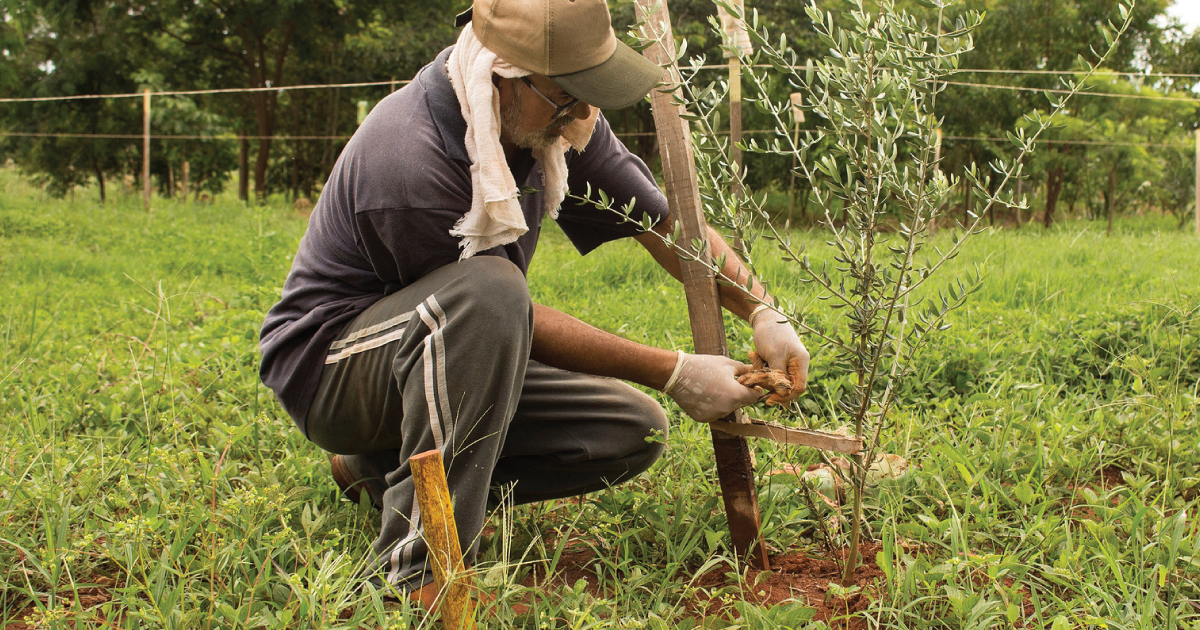
Why Aren’t USDA Conservation Programs Paying Farmers More to Improve Their Soil?
Ron Rosmann’s 700-acre certified organic grain and livestock farm in Shelby County, Iowa is an island in a sea of very large conventional soy or corn operations. Farmers in the area don’t typically pay a lot of attention to the health of their soil—which has, on occasion, eroded onto his property. Others in the area operate concentrated animal feeding operations (CAFOs).
January 12, 2021 | Source: Civil Eats | by Virginia Gewin
Soil health is crucial to fighting climate change, but a new study finds that funding to support it in the Environmental Quality Incentives Program (EQIP) is lacking.
Ron Rosmann’s 700-acre certified organic grain and livestock farm in Shelby County, Iowa is an island in a sea of very large conventional soy or corn operations. Farmers in the area don’t typically pay a lot of attention to the health of their soil—which has, on occasion, eroded onto his property. Others in the area operate concentrated animal feeding operations (CAFOs). It’s not uncommon, for example, for one of his neighbor’s cattle manure lagoons to overflow into a nearby creek.
While Rosmann is pleased that more farmers there are adopting cover crops to reduce erosion and runoff, it still only amounts to roughly 4 percent of Iowa farms. And he laments that the pace of change toward conservation practices is simply too slow given the region’s mounting water quality concerns.
